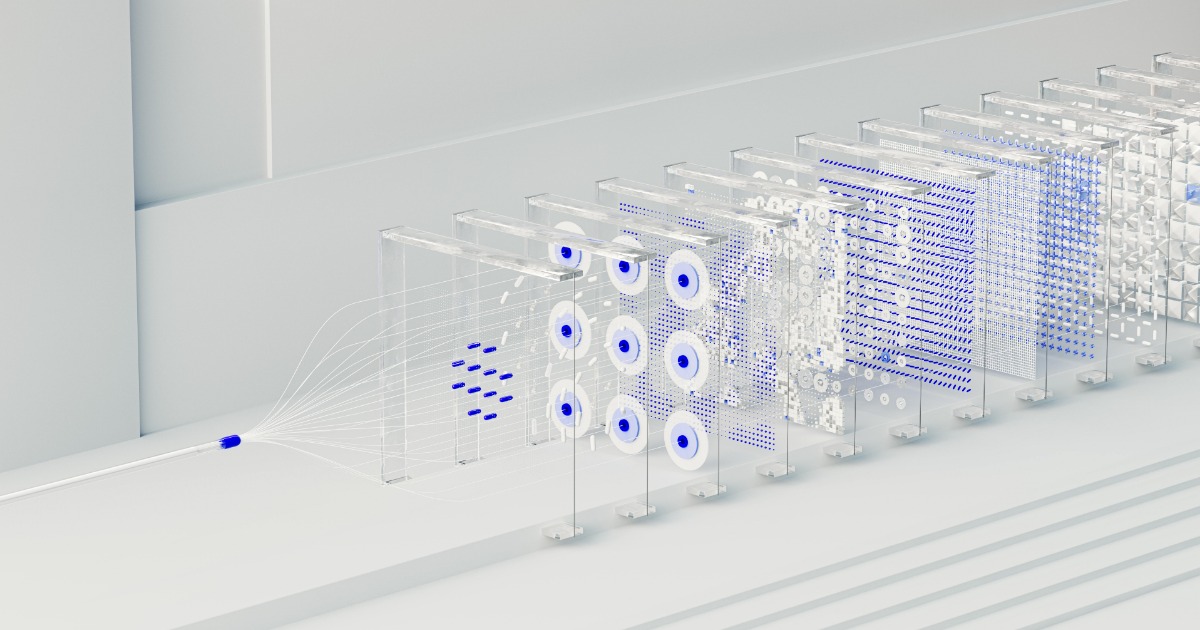Convolutional Neural Networks and Computer Vision
A special issue of Applied Sciences (ISSN 2076-3417). This special issue belongs to the section "Computing and Artificial Intelligence".
Deadline for manuscript submissions: 30 March 2026 | Viewed by 16718

Special Issue Editors
Interests: machine learning; computer vision; data mining; neural networks; IoT
Special Issues, Collections and Topics in MDPI journals
Special Issue Information
Dear Colleagues,
Convolutional neural networks (CNNs) have revolutionized the field of computer vision and become a fundamental tool in modern AI research and applications. CNNs are designed to automatically and adaptively learn spatial hierarchies of features from input images, making them highly effective in a wide range of computer vision tasks such as image classification, object detection, semantic segmentation, instance segmentation, pose estimation, and image generation, among others. With the exponential growth of digital imagery and video data, CNNs offer a scalable solution for analyzing and interpreting visual information at unprecedented levels of accuracy.
Computer vision, an interdisciplinary field that combines artificial intelligence, machine learning, and signal processing, has advanced significantly due to CNNs' capability to extract meaningful features from complex image data.
Research areas may include (but are not limited to) the following:
- Novel CNN architectures for computer vision applications.
- Image segmentation (object detection, instance segmentation, semantic segmentation, and panoptic segmentation).
- Video object segmentation.
- Object and multi-object tracking.
- Vision-based navigation.
- Autonomous vehicle perception and control systems.
- Remote sensing and environmental monitoring.
- Real-time image processing and analysis.
- Foundation vision models.
- Fusion of CNNs with other machine learning techniques.
- Medical imaging and diagnostics using CNNs.
- Industrial automation and robotics applications.
- Image and video generation using deep learning models.
- CNNs for augmented and virtual reality systems.
Contributions that explore new architectures, training methodologies, applications, or integration of CNNs with emerging technologies are especially welcome. All submitted papers will undergo rigorous peer review and will be selected based on their relevance, originality, and alignment with the theme of this Special Issue.
We look forward to receiving your contributions.
Dr. Miguel Angel Patricio
Prof. Dr. Luis Usero Aragonés
Guest Editors
Manuscript Submission Information
Manuscripts should be submitted online at www.mdpi.com by registering and logging in to this website. Once you are registered, click here to go to the submission form. Manuscripts can be submitted until the deadline. All submissions that pass pre-check are peer-reviewed. Accepted papers will be published continuously in the journal (as soon as accepted) and will be listed together on the special issue website. Research articles, review articles as well as short communications are invited. For planned papers, a title and short abstract (about 250 words) can be sent to the Editorial Office for assessment.
Submitted manuscripts should not have been published previously, nor be under consideration for publication elsewhere (except conference proceedings papers). All manuscripts are thoroughly refereed through a single-blind peer-review process. A guide for authors and other relevant information for submission of manuscripts is available on the Instructions for Authors page. Applied Sciences is an international peer-reviewed open access semimonthly journal published by MDPI.
Please visit the Instructions for Authors page before submitting a manuscript. The Article Processing Charge (APC) for publication in this open access journal is 2400 CHF (Swiss Francs). Submitted papers should be well formatted and use good English. Authors may use MDPI's English editing service prior to publication or during author revisions.
Keywords
- CNN
- image segmentation
- video segmentation
- object tracking
- multi-object tracking
- vision-based navigation
- visual-SLAM foundation vision models
Benefits of Publishing in a Special Issue
- Ease of navigation: Grouping papers by topic helps scholars navigate broad scope journals more efficiently.
- Greater discoverability: Special Issues support the reach and impact of scientific research. Articles in Special Issues are more discoverable and cited more frequently.
- Expansion of research network: Special Issues facilitate connections among authors, fostering scientific collaborations.
- External promotion: Articles in Special Issues are often promoted through the journal's social media, increasing their visibility.
- Reprint: MDPI Books provides the opportunity to republish successful Special Issues in book format, both online and in print.
Further information on MDPI's Special Issue policies can be found here.






